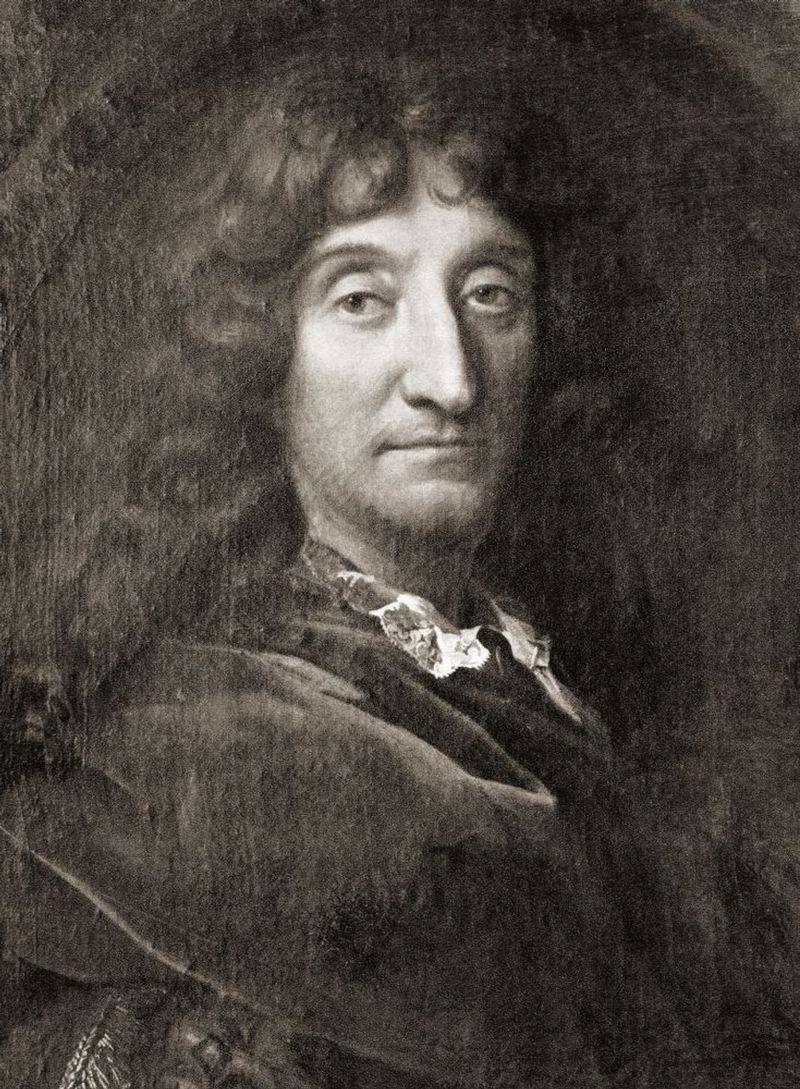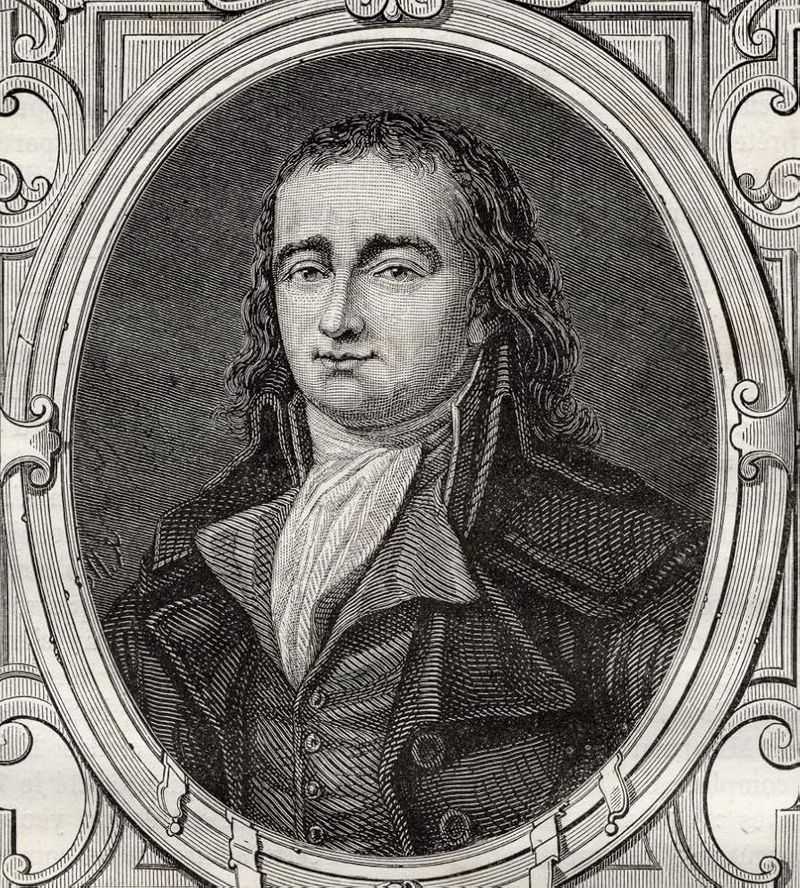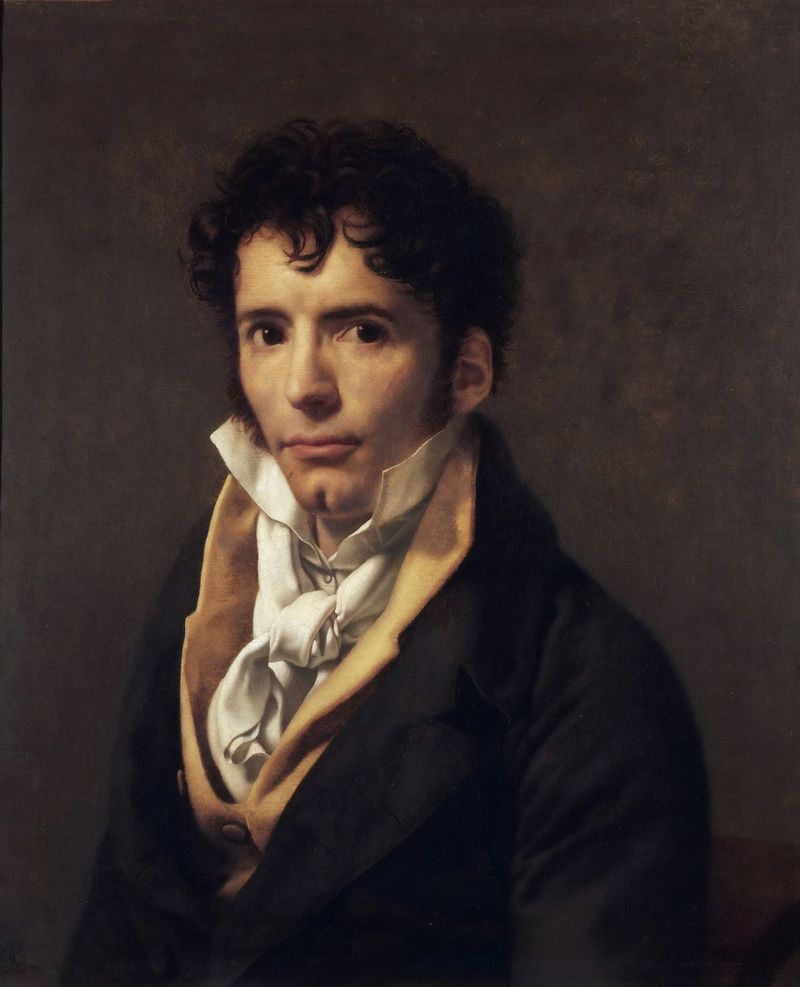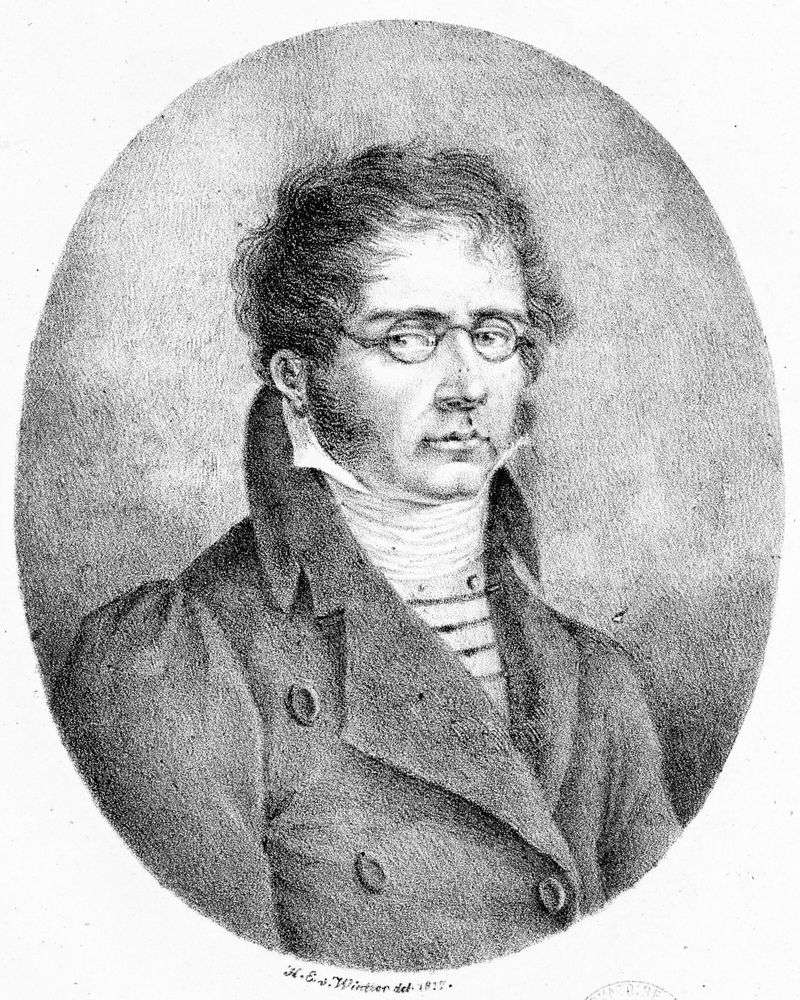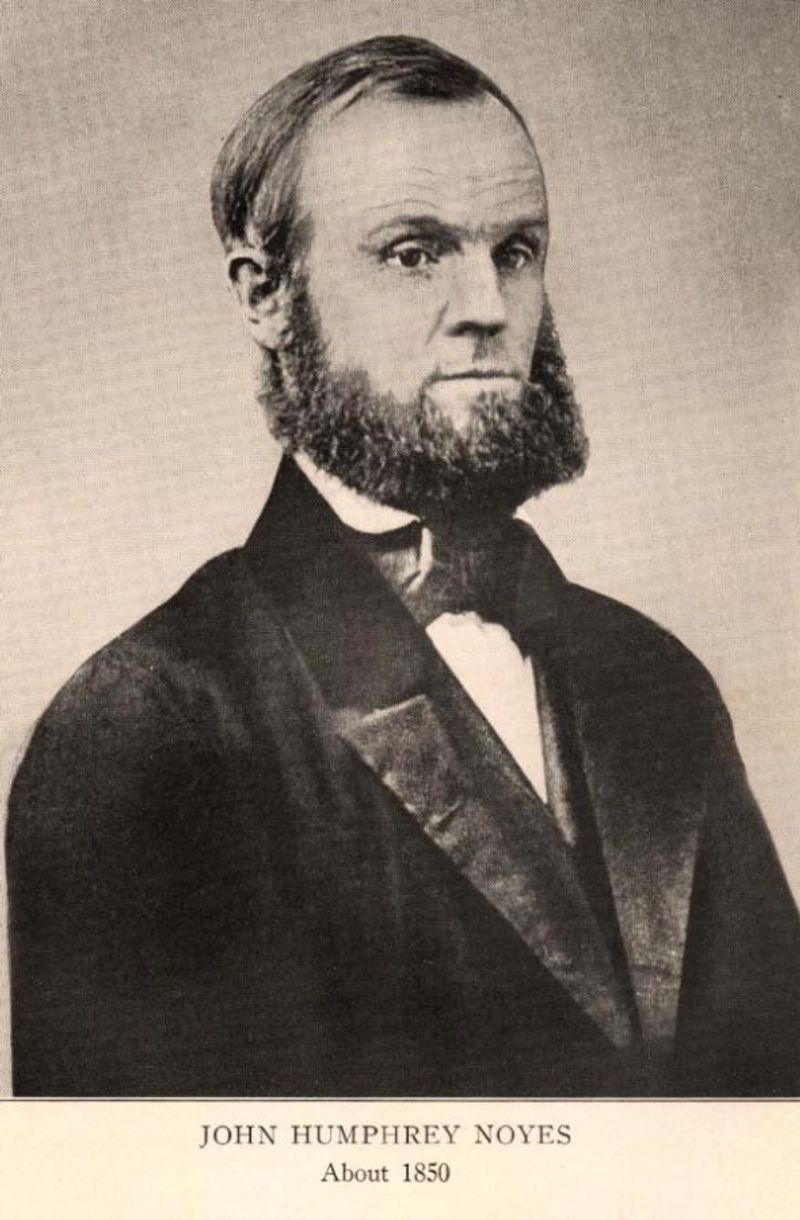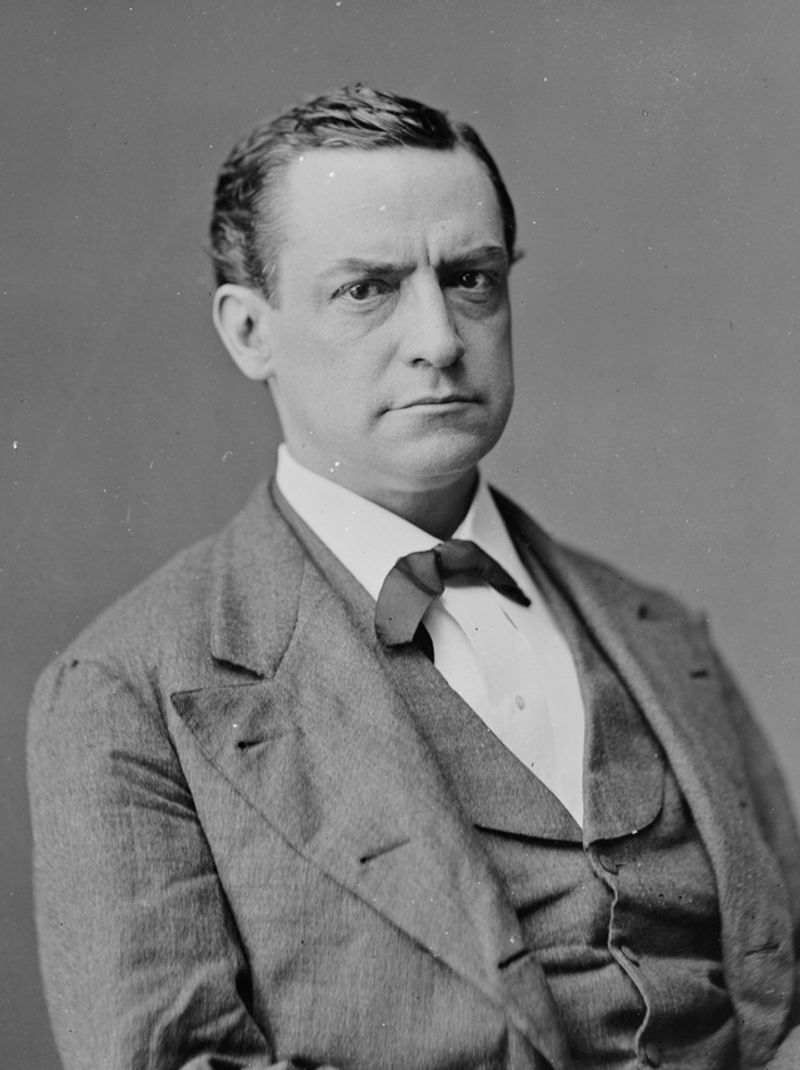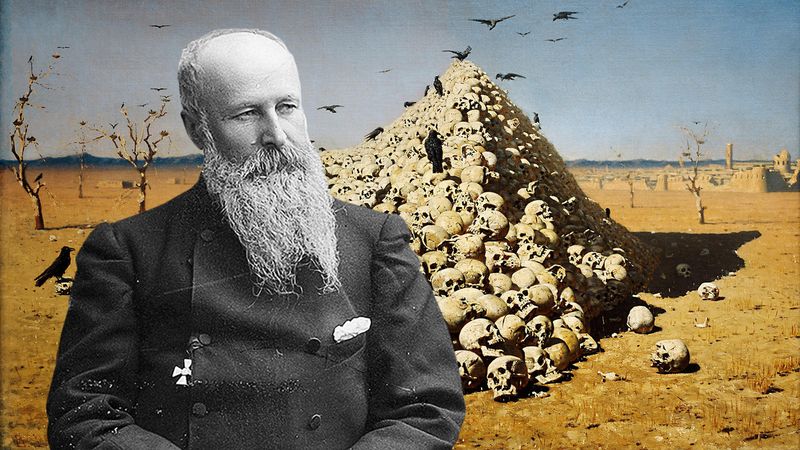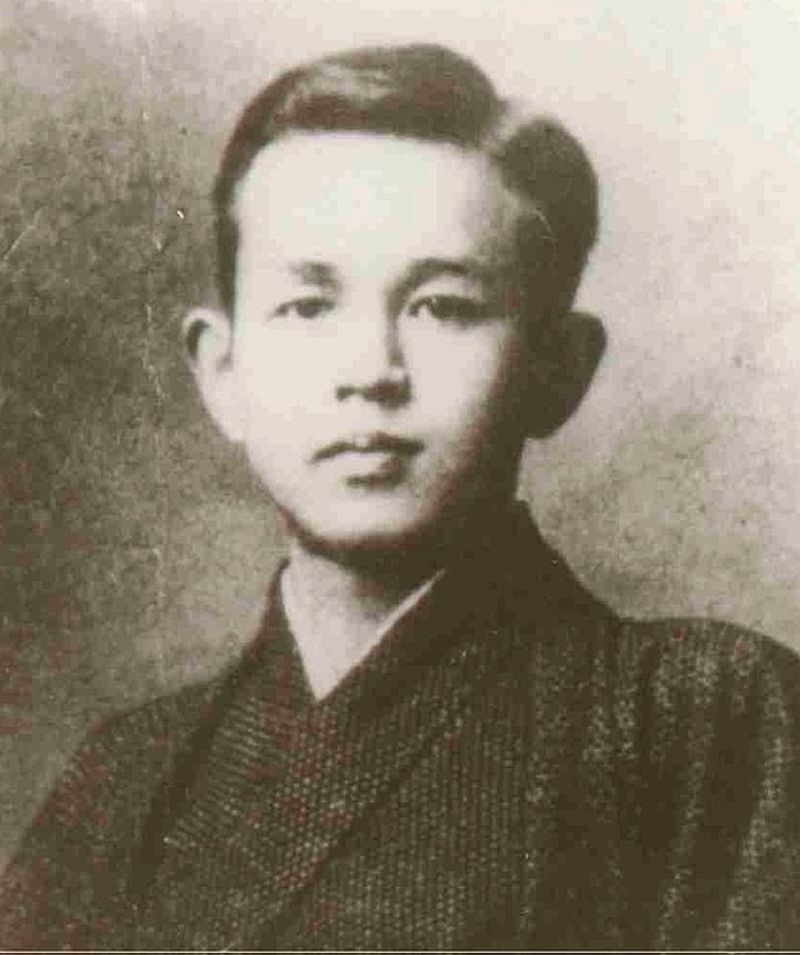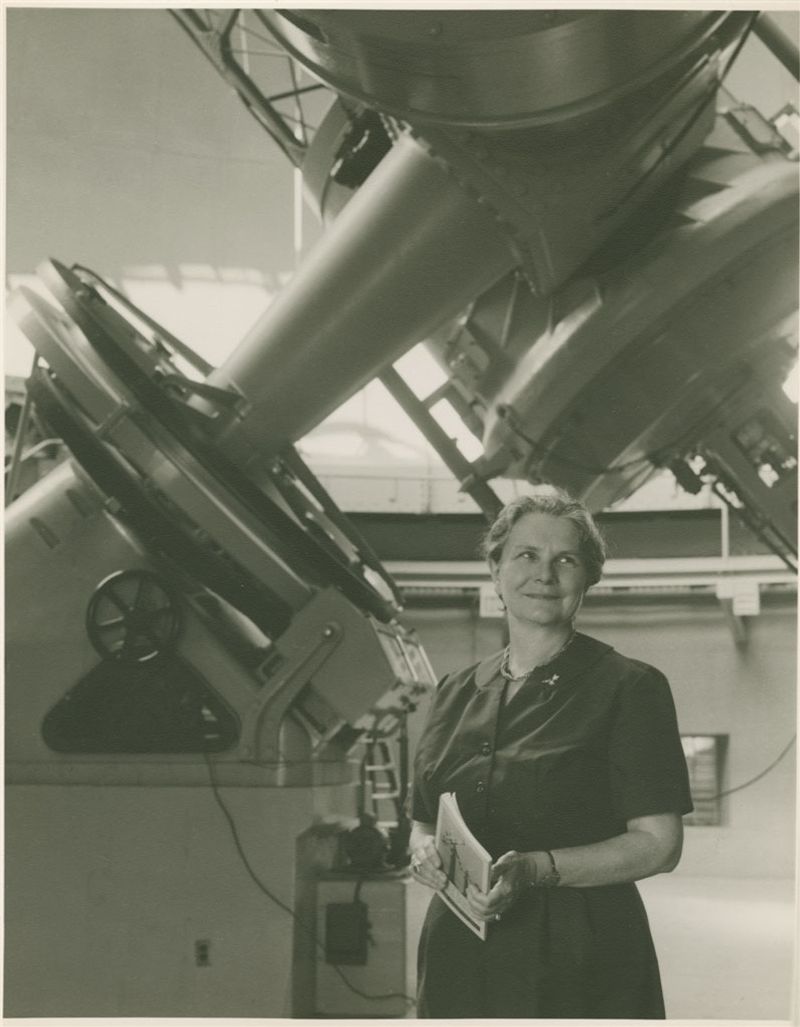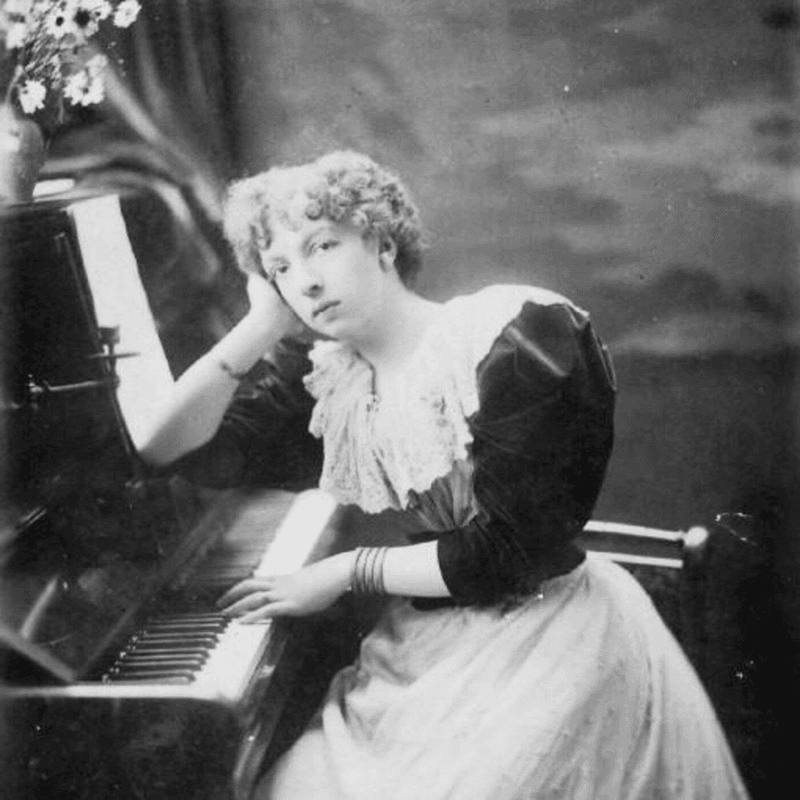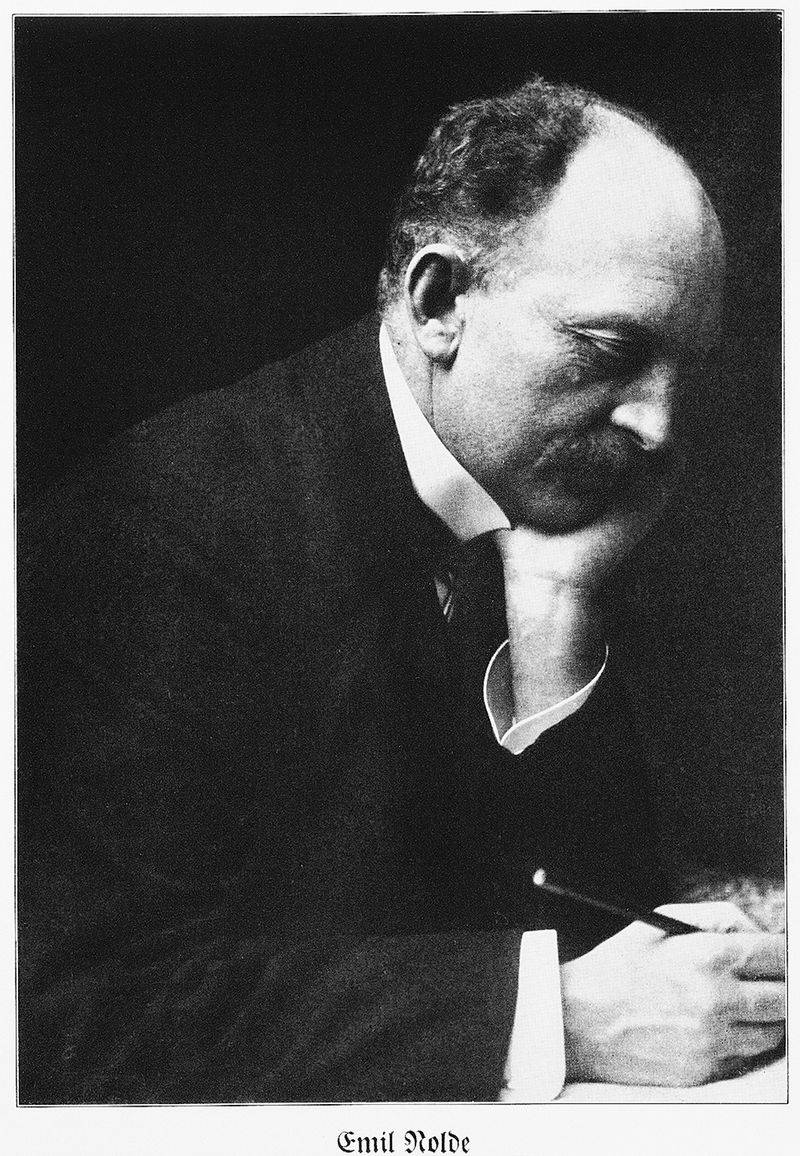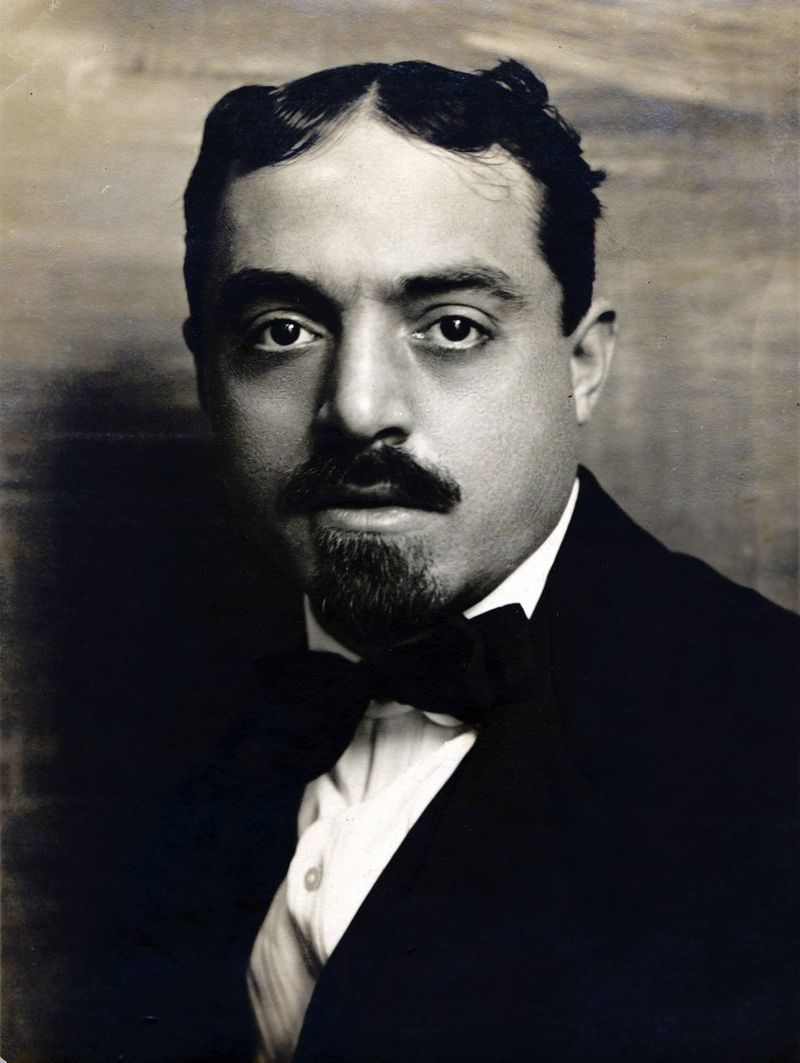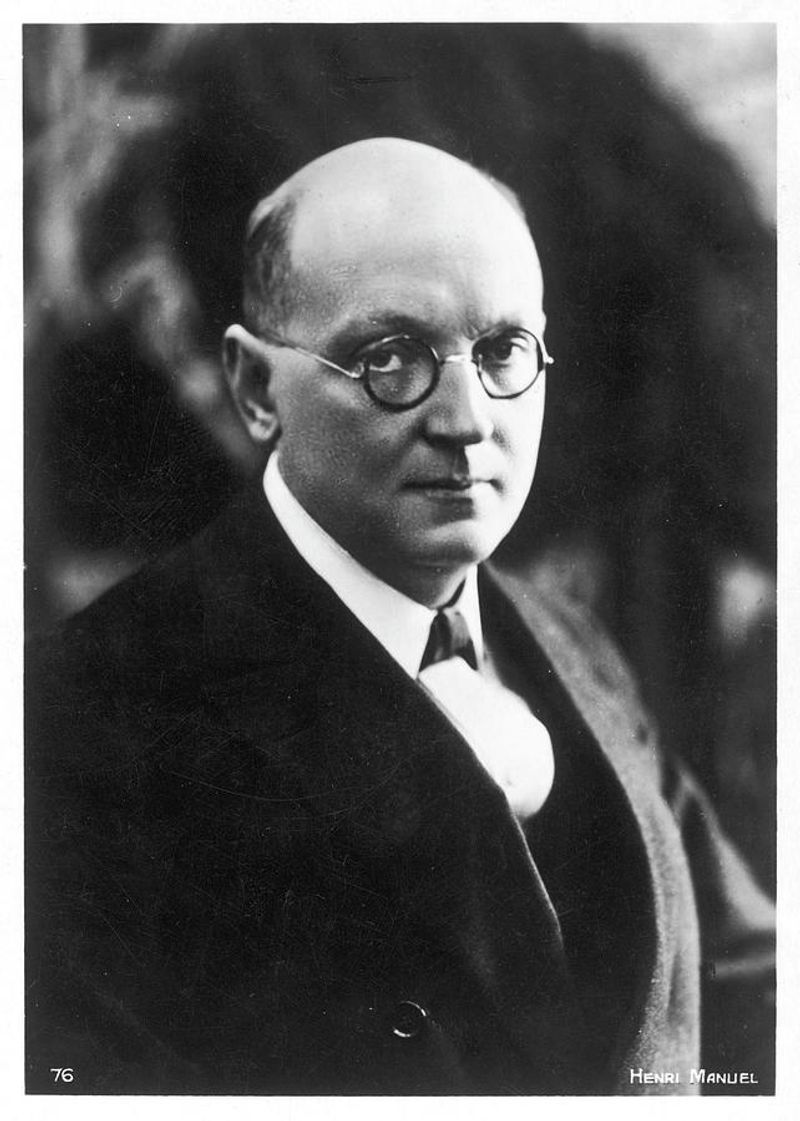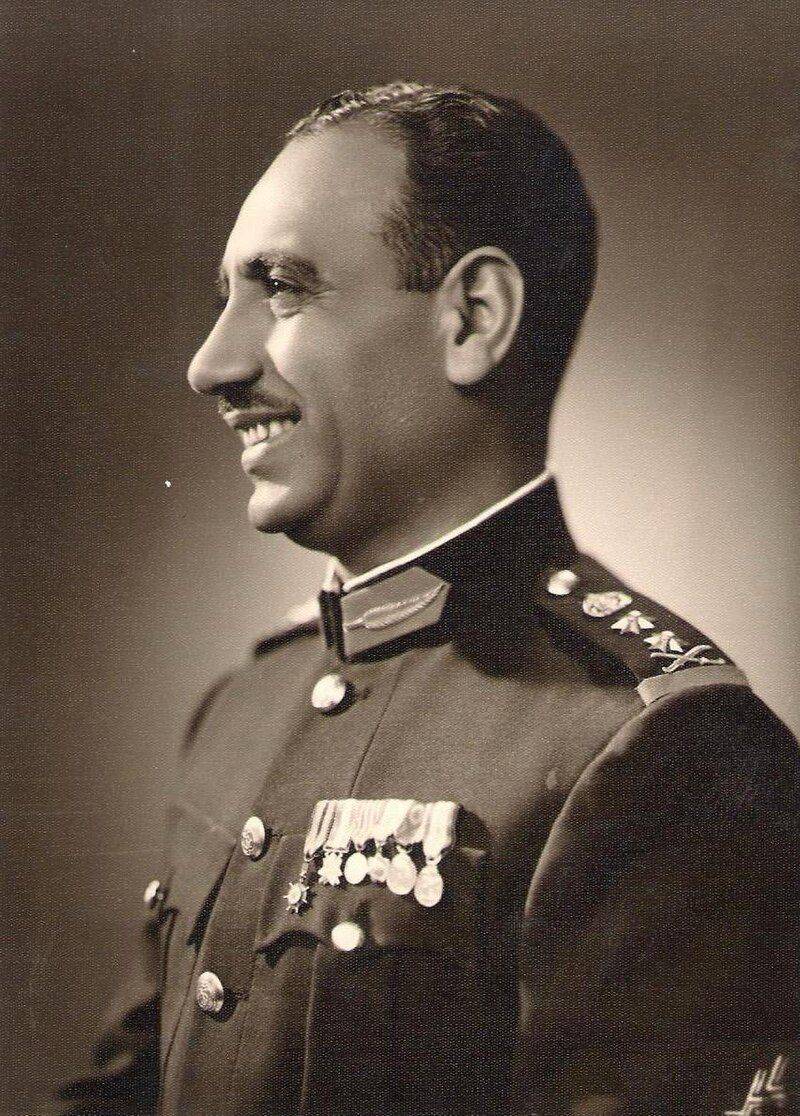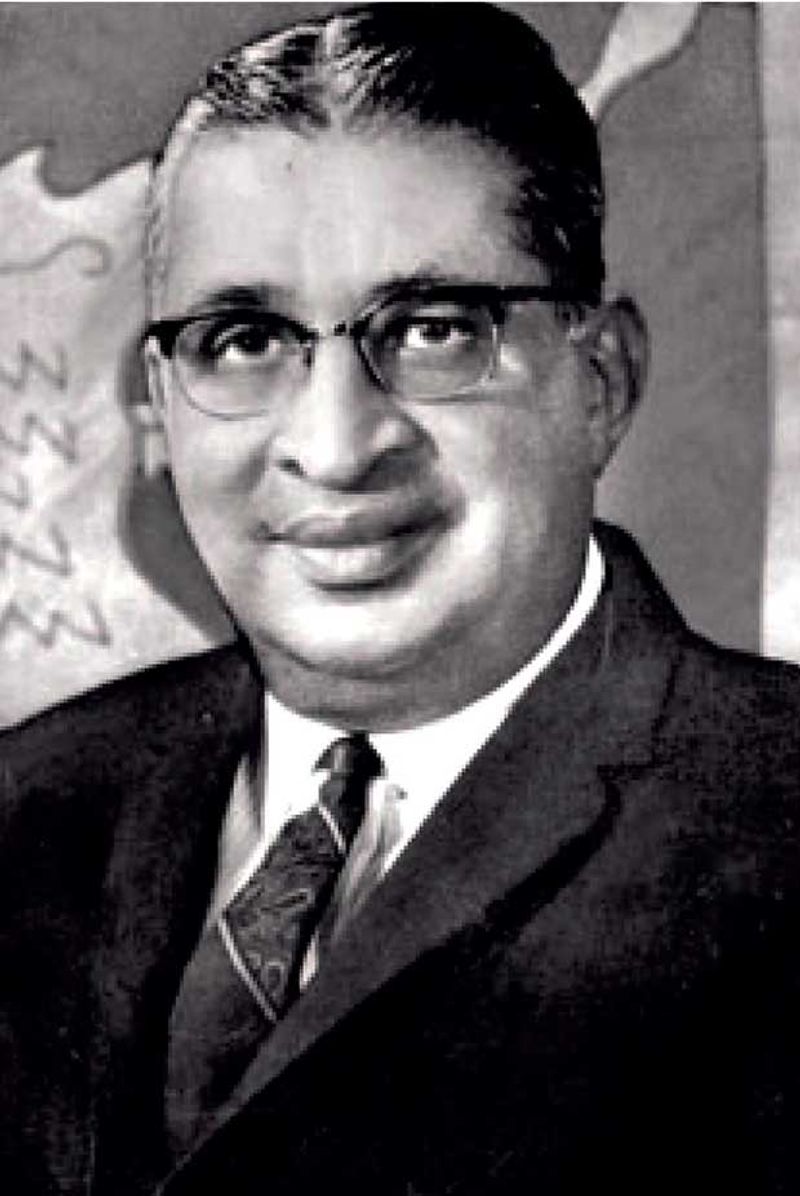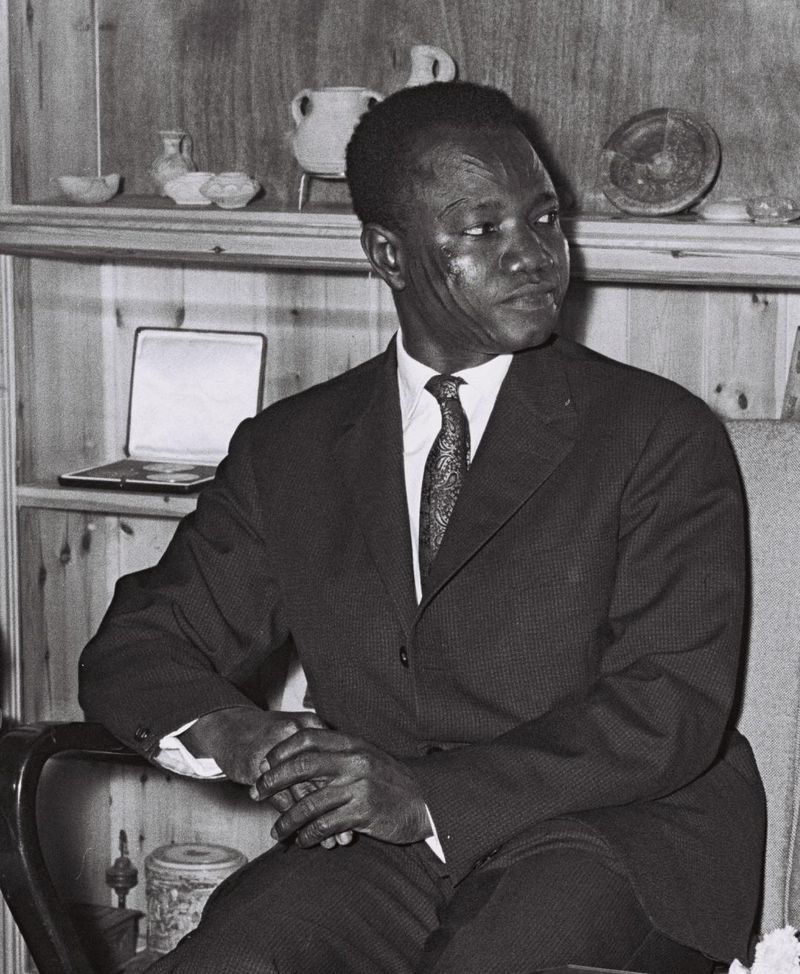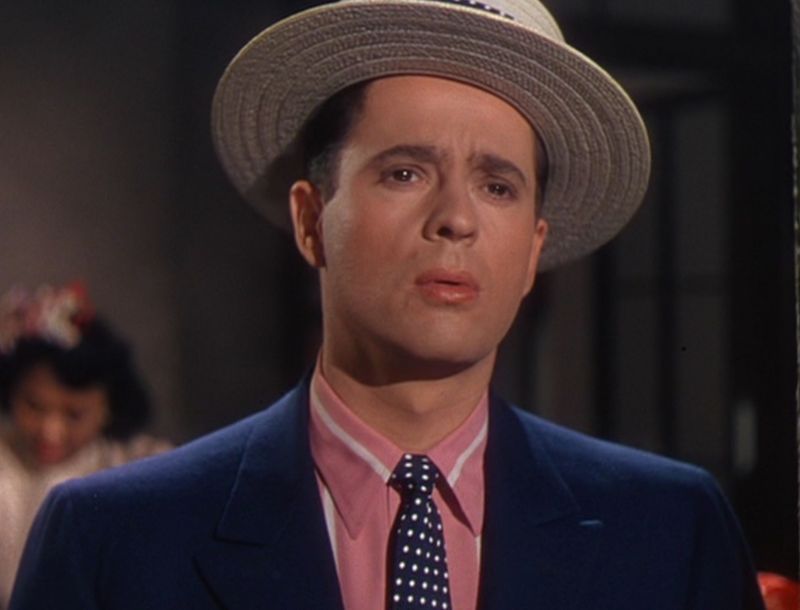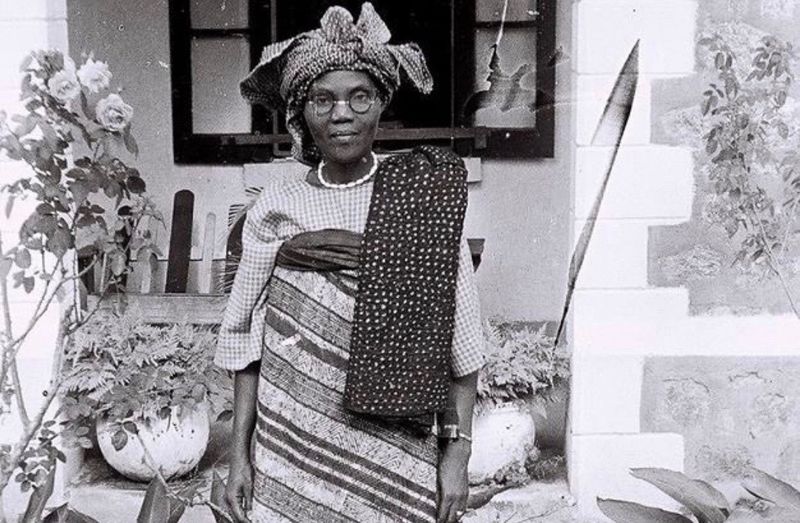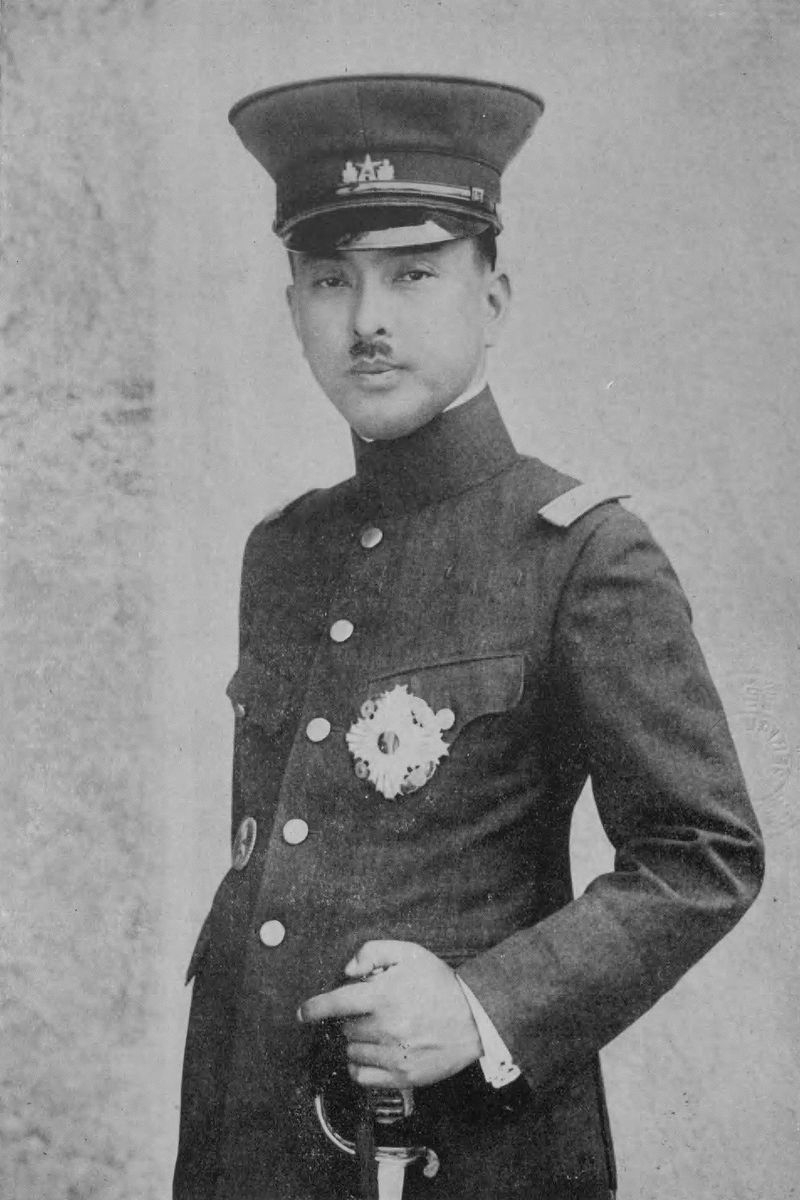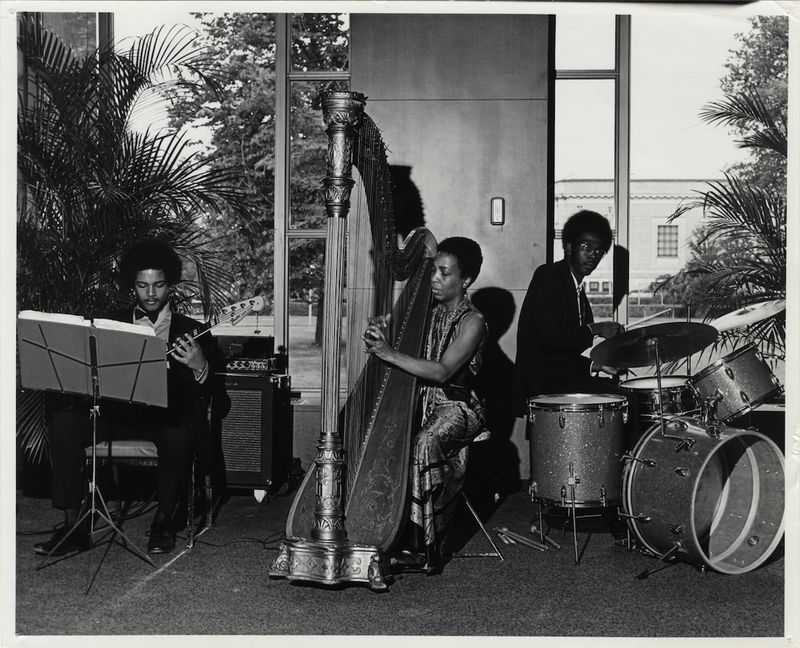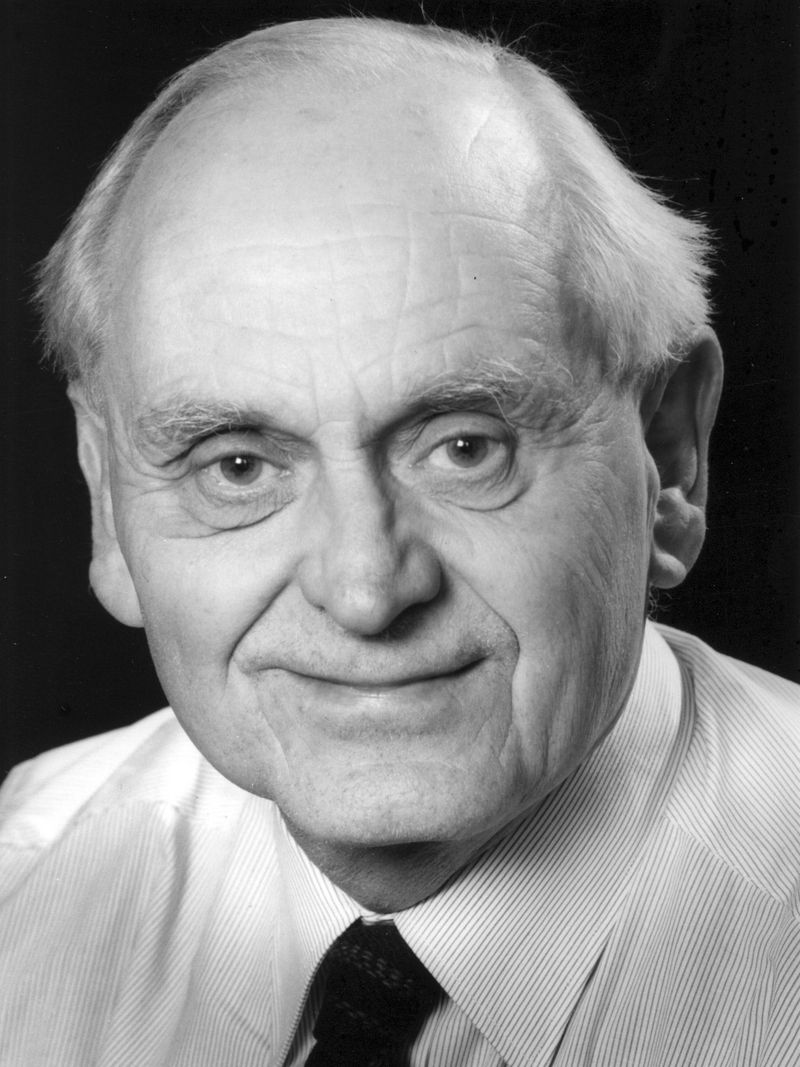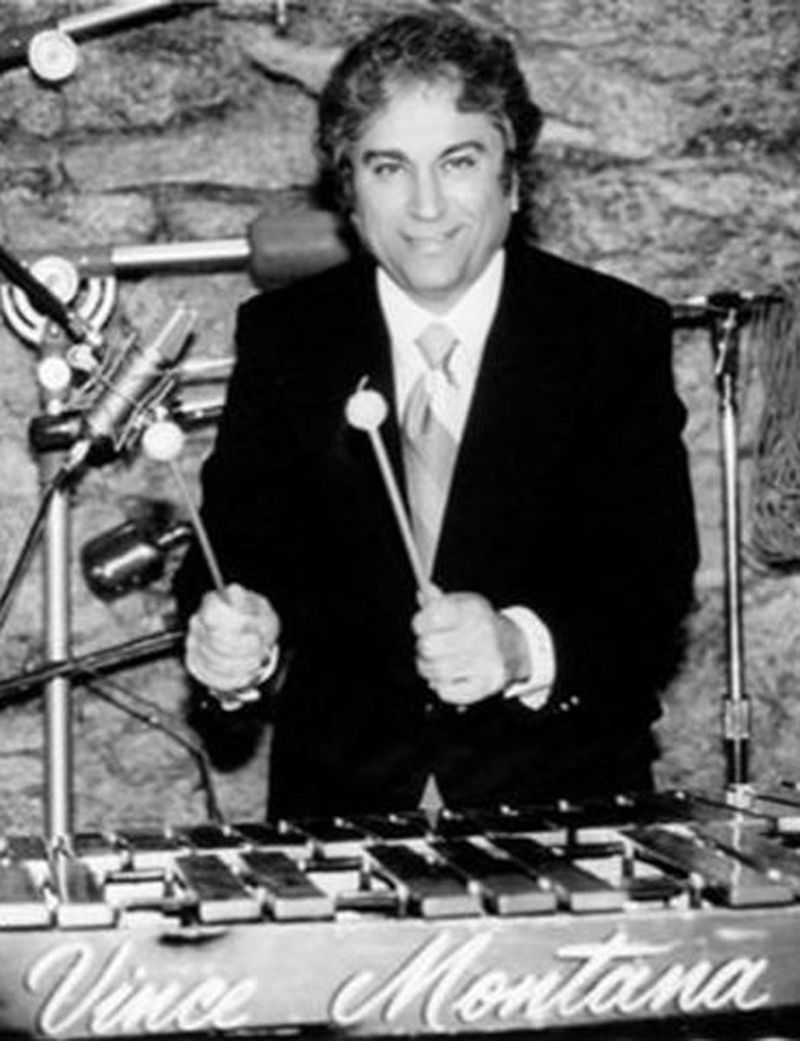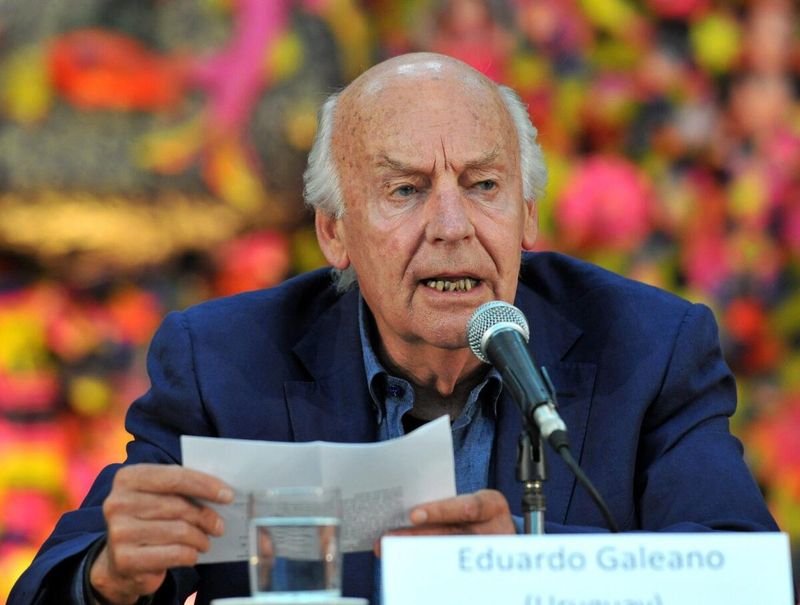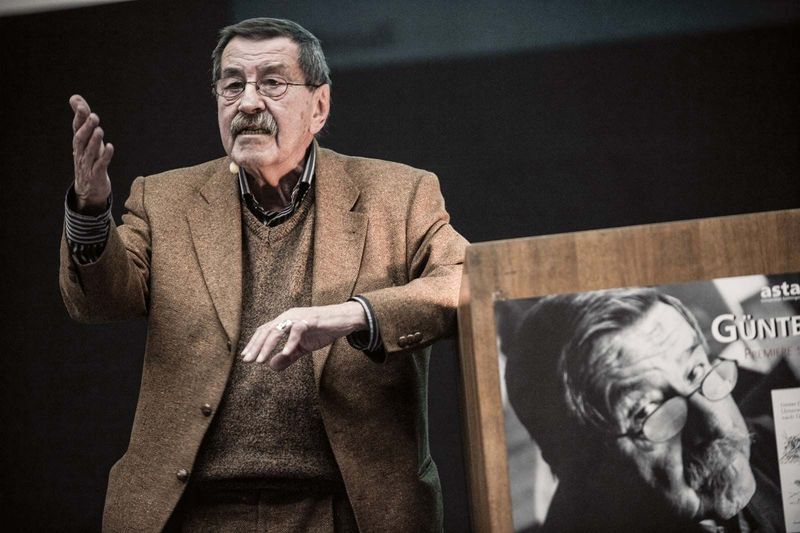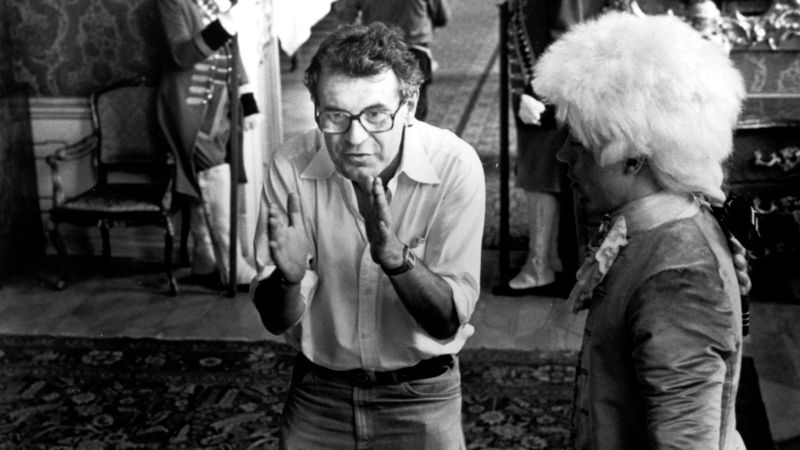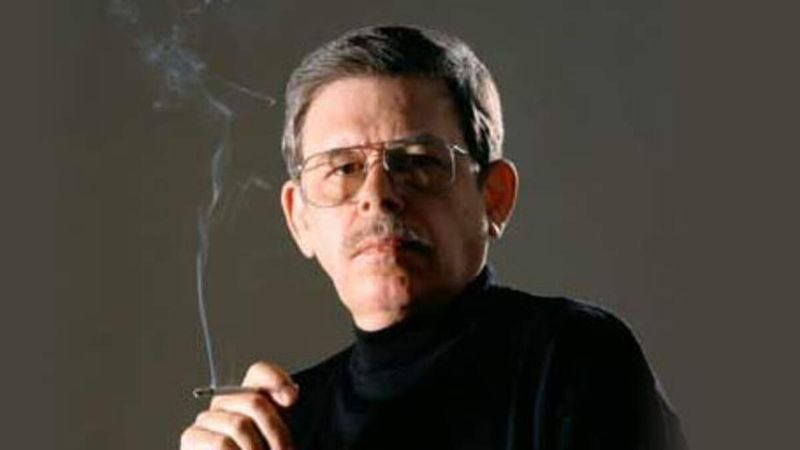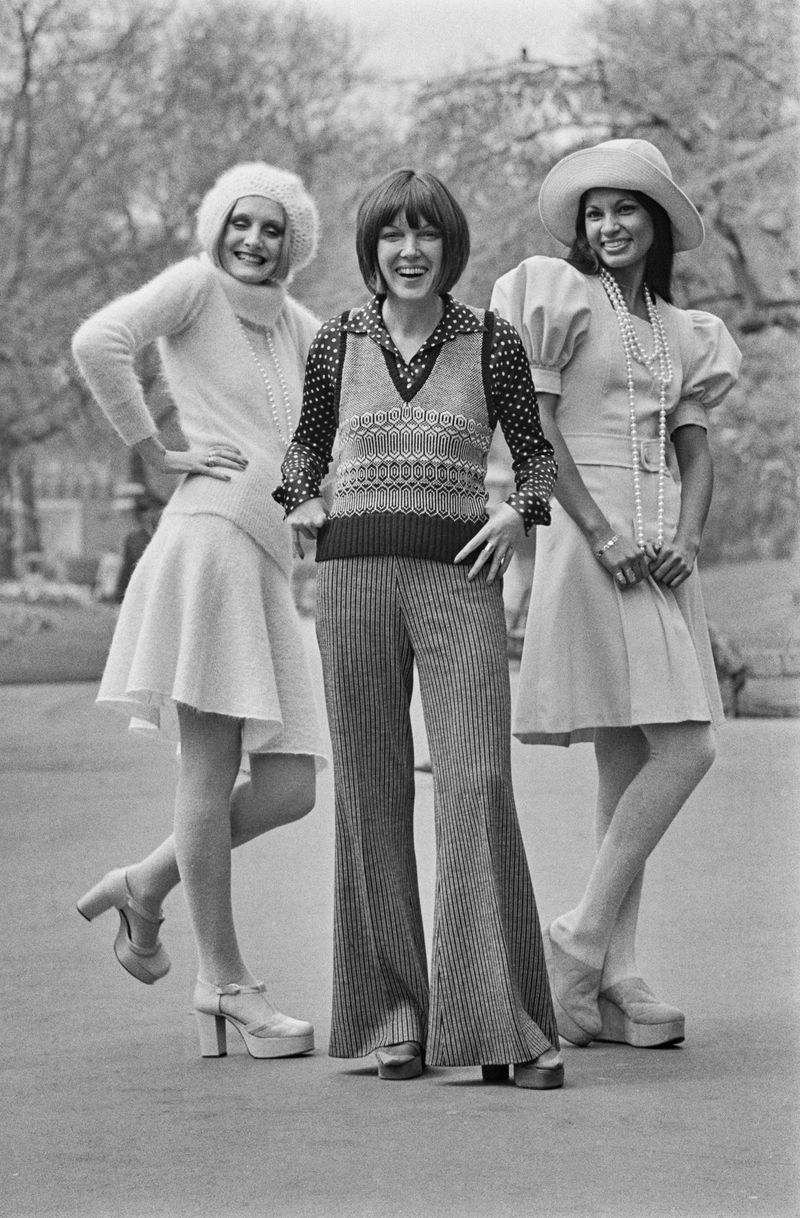Throughout history, numerous influential personalities have left their mark on the world, only to depart on the same day—April 13.
From poets and composers to politicians and revolutionaries, these individuals have shaped the realms of literature, music, politics, and beyond.
In this exploration, we delve into the lives of 32 remarkable figures who passed away on this date, revealing the diversity and impact of their contributions.
1. Jean de La Fontaine, French poet, 1695
Jean de La Fontaine, renowned for his timeless fables, graced the world with his poetic brilliance. Born in 1621, La Fontaine became one of France’s most cherished literary figures. His fables, often imbued with moral lessons, continue to enchant readers of all ages.
Imagine sitting by a warm fireplace as La Fontaine’s rhythmic prose dances through the air, each word painting a vivid picture of wisdom and wit. His storytelling prowess earned him admiration during his lifetime and immortalized him in literary history.
Though his life ended on April 13, 1695, his legacy lives on.
2. Pierre Gaspard Chaumette, French revolutionary, 1794
In the throes of the French Revolution, Pierre Gaspard Chaumette emerged as a fervent advocate for change. Born in 1763, he played a pivotal role in the upheaval that reshaped France. Chaumette’s voice resonated with revolutionary zeal, rallying the masses to embrace liberty, equality, and fraternity.
His charismatic presence in the political arena made him a formidable figure, yet it also led to his downfall. Chaumette’s life ended on April 13, 1794, when he faced execution.
His commitment to revolutionary ideals remains a testament to his enduring influence in French history.
3. Nicolas Chamfort, French writer, 1794
Nicolas Chamfort, with his sharp wit and profound insights, penned thoughts that still resonate today. Born in 1741, Chamfort’s literary prowess was second to none, capturing the complexities of human nature with elegance.
Visualize Chamfort, quill in hand, crafting sentences that pierce through the mundane, offering clarity and wisdom. His works, a blend of humor and critique, painted a vivid picture of society’s follies and virtues.
Despite the tumultuous times, Chamfort’s legacy as a candid observer of humanity endures, even after his death on April 13, 1794.
4. Franz Danzi, German composer and cellist, 1826
Franz Danzi’s compositions continue to echo through the halls of classical music. Born in 1763, Danzi was a master cellist whose melodies captured the essence of Romanticism’s early days. His works, characterized by lyrical beauty, offered a harmonious blend of tradition and innovation.
Picture Danzi, immersed in the world of notes and chords, his fingers dancing over the cello strings. The music he created wasn’t just sound; it was an experience, a journey through emotion and time.
Danzi’s influence remains, even after his passing on April 13, 1826.
5. Henry De la Beche, English geologist, 1855
Henry De la Beche, a pioneer in geology, laid the groundwork for understanding Earth’s history. Born in 1796, his passion for fossils and rock formations led to groundbreaking scientific discoveries.
Envision De la Beche, tools in hand, meticulously studying the layers of ancient cliffs. His work was not merely academic; it was a quest to unravel the mysteries of Earth’s past.
His pioneering spirit and dedication to geology left an indelible mark, paving the way for future explorations, even after his death on April 13, 1855.
6. Tewodros II, Emperor of Ethiopia, 1868
Tewodros II, a visionary leader, sought to unify Ethiopia and modernize its institutions. Born in 1818, his reign was marked by ambition and reform, as he endeavored to strengthen the Ethiopian empire.
Imagine Tewodros, a silhouette against the Ethiopian highlands, determined to forge a legacy of strength and unity. His progressive vision was a beacon of hope for a nation in transition.
Though his efforts faced challenges, Tewodros II’s legacy as a reforming emperor endures, even after his passing on April 13, 1868.
7. Bruno Bauer, German theologian, 1882
Bruno Bauer, a critical thinker, challenged prevailing theological doctrines with his incisive critiques. Born in 1809, Bauer’s analytical prowess positioned him as a prominent figure in the realm of philosophy and theology.
Picture Bauer, surrounded by tomes of knowledge, unraveling the threads of religious thought with precision and insight. His works invited readers to question and reflect, sparking debates that resonated throughout intellectual circles.
Bauer’s legacy as a thought-provoking theologian continues to inspire, long after his death on April 13, 1882.
8. John Humphrey Noyes, American preacher and social reformer, 1886
John Humphrey Noyes, a visionary social reformer, left a lasting impact on societal norms. Born in 1811, Noyes founded the Oneida Community, a radical social experiment that challenged the conventions of the 19th century.
Imagine Noyes, speaking passionately to a crowd, his words igniting discussions on communal living and shared ideals. His efforts aimed to blend spirituality with social innovation, pushing the boundaries of traditional thought.
Noyes’ pioneering ideas continue to inspire discussions on community and spirituality, even after his death on April 13, 1886.
9. Samuel J. Randall, American politician, 1890
Samuel J. Randall’s political acumen left a mark on the American legislative landscape. Born in 1828, Randall served as Speaker of the House, navigating the complexities of post-Civil War politics with adeptness.
Picture Randall, a steadfast figure in the corridors of power, deliberating on issues that shaped a nation striving for unity and progress. His legacy is one of dedication to governance and legislative integrity.
Randall’s contributions to American politics resonate even after his passing on April 13, 1890, illustrating his enduring influence.
10. Vasily Vereshchagin, Russian war artist, 1904
Vasily Vereshchagin’s canvases captured the raw essence of war like no other. Born in 1842, this Russian artist used his brush to portray the stark realities of conflict, challenging conventional depictions.
Envision Vereshchagin, meticulously bringing battle scenes to life, each stroke a testament to the human cost of war. His works invited viewers to witness the brutality and complexity of warfare.
Vereshchagin’s unique approach to war art continues to provoke thought and reflection, even after his death on April 13, 1904.
11. Takuboku Ishikawa, Japanese poet, 1912
Takuboku Ishikawa’s poignant verses resonate with emotional depth and clarity. Born in 1886, this Japanese poet captured the essence of human experience through his tanka and free verse poetry.
Picture Ishikawa, pen in hand, weaving words that echo with personal longing and societal reflection. His works, a mirror to the soul, offered solace and understanding to readers navigating the complexities of life.
Though his life was brief, Ishikawa’s literary contributions endure, touching hearts long after his death on April 13, 1912.
12. Annie Jump Cannon, American astronomer, 1941
Annie Jump Cannon’s celestial discoveries expanded the horizons of astronomy. Born in 1863, Cannon pioneered the classification of stars by their spectra, a system still in use today.
Imagine Cannon, under the vast night sky, cataloging stars with precision and passion. Her work not only illuminated the universe but also paved the way for women in science.
Cannon’s legacy as a trailblazer in astronomy continues to inspire stargazers, even after her passing on April 13, 1941.
13. Cécile Chaminade, French composer, 1944
Cécile Chaminade’s compositions evoke a timeless elegance that enchants listeners. Born in 1857, this French composer crafted melodies that resonated with grace and sophistication.
Picture Chaminade, fingers gliding over piano keys, each note a testament to her artistic flair. Her music, a blend of classical traditions and personal expression, captivated audiences around the world.
Chaminade’s influence on classical music endures, her works a testament to her enduring artistic spirit, even after her death on April 13, 1944.
14. Emil Nolde, German-Danish painter, 1956
Emil Nolde’s vibrant canvases brought color and emotion to life with unparalleled intensity. Born in 1867, Nolde’s expressionist works broke away from traditional norms, embracing bold hues and raw emotion.
Envision Nolde, brush in hand, painting scenes that pulse with life and passion, each stroke a reflection of his inner world. His art challenged perceptions and celebrated individuality.
Nolde’s legacy as a pioneer of expressionism continues to inspire the art world, even after his passing on April 13, 1956.
15. Carlo Carrà, Italian painter, 1966
Carlo Carrà’s artistic journey traversed the realms of futurism and surrealism with bold creativity. Born in 1881, this Italian painter’s works encapsulated the dynamism and imagination of 20th-century art.
Picture Carrà, immersed in a world of form and color, his canvases a playground for innovative ideas and explorations. His art invited viewers to experience the unexpected and the extraordinary.
Carrà’s legacy as a visionary artist endures, his works a testament to his creative genius, even after his death on April 13, 1966.
16. Georges Duhamel, French novelist, 1966
Georges Duhamel’s narratives wove together the intricacies of human experience with profound insight. Born in 1884, this French novelist’s works highlighted the struggles and triumphs of the human spirit.
Imagine Duhamel, pen poised over paper, crafting stories that resonate with authenticity and empathy. His novels, a reflection of life’s complexities, offered readers a window into the human condition.
Duhamel’s legacy as a storyteller continues to captivate readers, even after his passing on April 13, 1966.
17. Abdul Salam Arif, President of Iraq, 1966
Abdul Salam Arif, a pivotal figure in Iraq’s political landscape, sought to steer the nation through turbulent times. Born in 1921, Arif served as President during a period of significant change.
Picture Arif, a commanding presence at the podium, addressing the nation with a vision of unity and progress. His leadership aimed to navigate Iraq towards stability and modernization.
Though his presidency was brief, Arif’s impact on Iraq’s political history remains significant, even after his death on April 13, 1966.
18. Dudley Senanayake, Prime Minister of Ceylon (Sri Lanka), 1973
Dudley Senanayake’s leadership journey was marked by a commitment to democratic ideals. Born in 1911, he served as Prime Minister of Ceylon, now Sri Lanka, navigating the challenges of post-colonial governance.
Envision Senanayake, a steady presence in the halls of power, working tirelessly for the progress and prosperity of his nation. His tenure was characterized by efforts to foster economic growth and political stability.
Senanayake’s legacy as a statesman endures, his contributions to Sri Lankan politics remembered long after his death on April 13, 1973.
19. François Tombalbaye, President of Chad, 1975
François Tombalbaye, Chad’s first President, played a crucial role in shaping the nation’s early years of independence. Born in 1918, Tombalbaye’s leadership faced the challenges of uniting a diverse country.
Imagine Tombalbaye, passionately addressing his people, his vision aimed at fostering national unity and development. His presidency was marked by efforts to strengthen Chad’s political and economic foundations.
Tombalbaye’s influence on Chad’s history remains significant, even after his passing on April 13, 1975, reflecting his enduring legacy.
20. Larry Parks, American actor, 1975
Larry Parks’ performances lit up the silver screen with charisma and talent. Born in 1914, Parks became a star with his portrayal of Al Jolson in “The Jolson Story,” a role that showcased his remarkable abilities.
Picture Parks, in the glow of studio lights, bringing characters to life with depth and emotion. His career, however, faced obstacles during the Hollywood blacklist era, impacting his trajectory.
Despite challenges, Parks’ contributions to film endure, his performances remembered fondly long after his death on April 13, 1975.
21. Funmilayo Ransome-Kuti, Nigerian women’s rights activist, 1978
Funmilayo Ransome-Kuti’s unwavering commitment to women’s rights transformed Nigeria’s social landscape. Born in 1900, her activism challenged societal norms and paved the way for future generations.
Envision Ransome-Kuti, a powerful voice in the streets, advocating for equality and justice with relentless determination. Her efforts extended beyond gender issues, addressing broader social and political challenges.
Ransome-Kuti’s legacy as a trailblazer continues to inspire activists, even after her passing on April 13, 1978, marking her as a formidable force for change.
22. Prince Yasuhiko Asaka, Japanese prince and general, 1981
Prince Yasuhiko Asaka’s life bridged the realms of royalty and military service in Japan. Born in 1887, Asaka held significant influence as a prince and general, navigating the complexities of a changing era.
Picture Asaka, a dignified figure, balancing ceremonial duties with military responsibilities, his life a reflection of Japan’s historical transitions. His story is one of duty and legacy, both regal and martial.
Asaka’s influence on Japanese history persists, his contributions remembered even after his death on April 13, 1981.
23. Dorothy Ashby, American jazz harpist, 1986
Dorothy Ashby’s innovative approach to jazz harp broke new musical ground. Born in 1932, Ashby’s talent transformed the harp into a jazz instrument, blending classical elegance with jazz’s soulful rhythms.
Envision Ashby, fingers deftly weaving melodies, each note a fusion of grace and groove. Her music challenged conventions, offering a fresh perspective on jazz instrumentation.
Ashby’s legacy as a pioneering jazz harpist continues to resonate in the world of music, even after her passing on April 13, 1986.
24. John Archibald Wheeler, American theoretical physicist, 2008
John Archibald Wheeler’s theoretical insights unlocked mysteries of the universe. Born in 1911, Wheeler’s work in quantum mechanics and relativity advanced our understanding of the cosmos.
Imagine Wheeler, chalk in hand, exploring the boundaries of space and time, his mind a universe of ideas and possibilities. His contributions to physics, from black holes to the concept of “it from bit,” revolutionized the field.
Wheeler’s intellectual legacy continues to inspire scientists, even after his death on April 13, 2008, marking him as a luminary in theoretical physics.
25. Chi Cheng, American musician (Deftones bassist), 2013
Chi Cheng’s rhythmic prowess as Deftones’ bassist left an unforgettable legacy in rock music. Born in 1970, Cheng’s bass lines provided a powerful foundation for the band’s iconic sound.
Imagine Cheng on stage, the energy of the crowd echoing through each note, his presence a vital pulse in the band’s dynamic performances. His contributions to albums like “White Pony” showcased his musical depth.
Cheng’s influence on the rock genre remains, his artistry celebrated even after his death on April 13, 2013.
26. Stephen Dodgson, British composer, 2013
Stephen Dodgson’s compositions resonated with elegance and innovation in British classical music. Born in 1924, Dodgson’s works spanned various genres, showcasing his versatility and creative spirit.
Picture Dodgson, conducting an orchestra, each movement a symphony of sound and emotion, his music bridging tradition and modernity. His legacy as a composer is marked by a diverse and rich repertoire.
Dodgson’s influence on music endures, celebrated for his artistic contributions long after his passing on April 13, 2013.
27. Vincent Montana Jr., American percussionist and composer, 2013
Vincent Montana Jr.’s rhythmic creativity transformed the landscape of disco and soul music. Born in 1928, Montana’s percussion work with MFSB and the Salsoul Orchestra became legendary.
Envision Montana, surrounded by instruments, crafting beats that set dance floors alight with energy and joy. His innovative style left an indelible mark on the music of the 70s and beyond.
Montana’s legacy as a percussionist and composer continues to inspire, his contributions celebrated long after his death on April 13, 2013.
28. Eduardo Galeano, Uruguayan journalist and writer, 2015
Eduardo Galeano’s prose wove together the history and stories of Latin America with eloquence and passion. Born in 1940, Galeano’s works explored the intersections of culture and politics, offering profound insights.
Imagine Galeano, penning narratives that captured the spirit and struggles of a continent, each sentence a tapestry of emotion and truth. His books, from “Open Veins of Latin America” to “Memory of Fire,” became seminal texts.
Galeano’s legacy as a writer continues to inspire, his words resonating long after his death on April 13, 2015.
29. Günter Grass, German novelist and Nobel laureate, 2015
Günter Grass’s narratives captured the complexities of post-war Germany with unflinching honesty. Born in 1927, this Nobel laureate’s works, including “The Tin Drum,” became landmarks in literature.
Picture Grass, at his typewriter, weaving stories that explored themes of memory, identity, and history. His writing challenged readers to confront uncomfortable truths and reflect on the human condition.
Grass’s literary legacy endures, his contributions to world literature celebrated long after his death on April 13, 2015.
30. Milos Forman, Czech-American film director, 2018
Milos Forman’s films transcended cultural boundaries with their compelling narratives and evocative cinematography. Born in 1932, this Czech-American director’s works, including “Amadeus” and “One Flew Over the Cuckoo’s Nest,” earned critical acclaim.
Envision Forman, on set, orchestrating scenes with a masterful touch, his vision bringing stories to life on screen. His films offered audiences a blend of artistic brilliance and narrative depth.
Forman’s contributions to cinema continue to inspire filmmakers, his legacy celebrated long after his death on April 13, 2018.
31. Art Bell, American broadcaster, 2018
Art Bell’s voice became synonymous with late-night radio, drawing listeners into the world of the unexplained. Born in 1945, Bell’s “Coast to Coast AM” show became a platform for exploring the paranormal and the unknown.
Picture Bell, at the microphone, his voice weaving stories that ignited curiosity and wonder. His show offered a space for unconventional ideas and fascinating discussions.
Bell’s influence on radio broadcasting persists, his unique approach to storytelling remembered long after his death on April 13, 2018.
32. Mary Quant, British fashion designer, 2023
Mary Quant’s designs revolutionized fashion with their youthful energy and bold innovation. Born in 1930, Quant popularized the miniskirt, redefining women’s fashion in the 1960s.
Picture Quant, in her vibrant studio, sketching creations that captured the spirit of a changing era, her designs a blend of playfulness and modernity. Her influence extended beyond clothing, shaping cultural attitudes and trends.
Quant’s legacy in fashion continues to inspire designers, her contributions celebrated long after her death on April 13, 2023.

